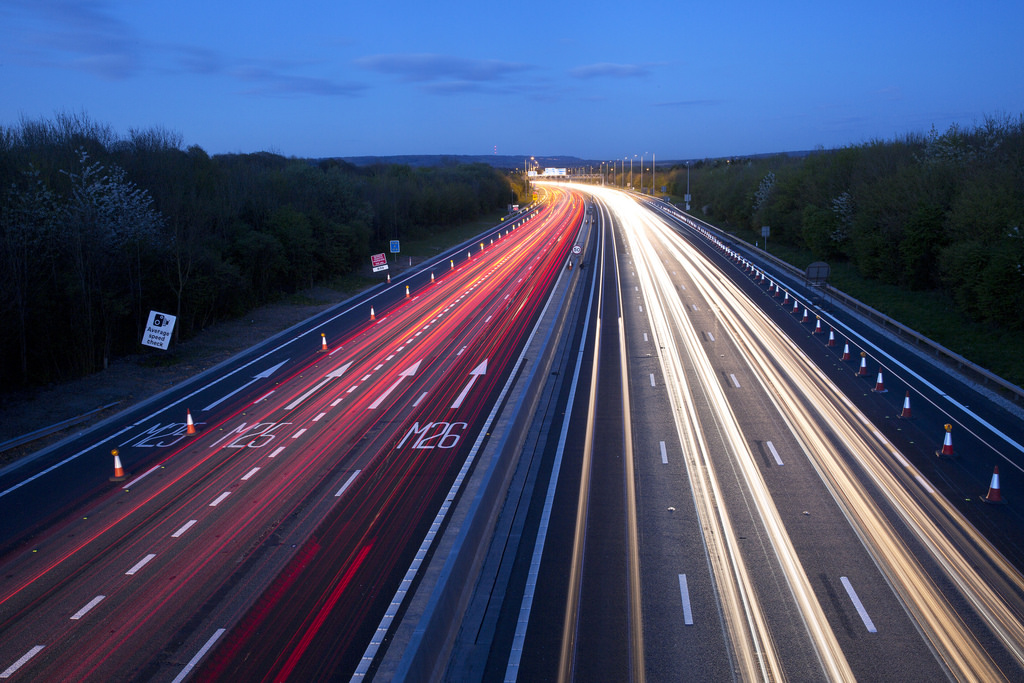In his book Where Good Ideas Come From, Stephen Berlin Johnson gives fascinating examples of innovations that came from someone connecting multiple ideas and inventions from divergent time periods and product categories. Throughout his many books and his TedTalks, Johnson demonstrates that inventions and other discoveries that rocked their world are actually a product of multiple ideas and inventions. One example is Johannes Gutenberg inventing the printing press. He got his idea to use the screw-type technology developed for making wine while he was in the Rhine Valley region.
What about today’s innovations?
When we think of the iPhone, we think of Steve Jobs. As with inventors who preceded him, Jobs was driven by passion and curiosity. He wanted to put computing technology in the hands of everyday people. As with other game-changing innovation, the iPhone initiated changes that seem to touch every aspect of human activity. An essential element of the iPhone is the glass which needed to be very strong, yet thin, scratch-resistant, durable, and suited for touch screens. Exhausting their search for a glass that would work, the team from Cupertino finally visited Corning. In his book The Ways To New: 15 Paths To Disruptive Innovation, Jean-Marie Dru tells us that “some engineers dug out of a dusty drawer” glass which had been discovered about 50 years earlier but had no commercial value. Gorilla Glass, which is so familiar to everyone who swipes across their screen, has been designed into more than five billion devices.
The Smart Highway
In Chapter 9, Dru highlights another example of multiple inventions, some of which are 30 years old, being brought together for something truly extraordinary. A Dutch design team Studio Roosegaarde has linked four roadway innovations to transform infrastructure in ways that will revolutionize so much about our driving experience:
- Paint that glows in the dark for up to 10 hours could make street lights unnecessary.
- Paint that changes color with temperature changes could signal freezing road surfaces.
- Magnetic induction in special driving lanes could charge cars while they are in motion.
- Wind energy from passing cars could be harnessed and used for lighting.
These four innovations have the possibility of making The Smart Highway commonplace.
What about you? Are you curious about the things in your environment and how they work? You may be the one with the next GameChangerSM.






